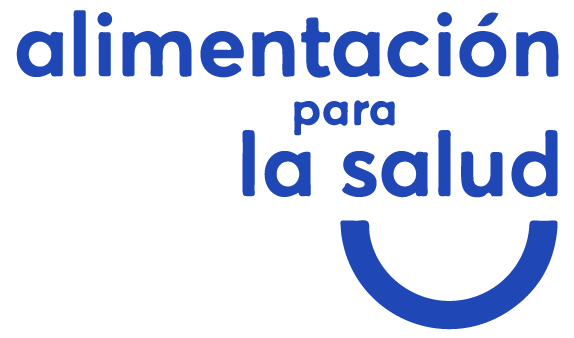Autores: Catalina Medina1,2, Ian Janssen2,3, Ismael Campos1 and Simón Barquera1*
Abstract
Background: Lifestyles such as unhealthy diets and the lack of physical activity have been contributed to the
increased prevalence of obesity. In 2012, the world health organization published the first global recommendation for physical activity and health. People who do not meet at least 150 minutes of moderate-to-vigorous physical activity are considered to be physically inactive. The prevalence of physical inactivity worldwide is 31%, however there is insufficient data from prevalence and trends of physical inactivity in Mexican population. The purposes of this study are to describe the physical inactivity prevalence and recent trends in Mexican adults and to examine the association between physical inactivity with biologic and sociodemographic characteristics.
Methods: Representative samples of 17,183 and 10,729 adults (aged 20 to 69 years) who participated in the National Health and Nutrition Survey (ENSANUT) in 2006 and 2012, respectively. Moderate-to-vigorous physical activity (MVPA) was assessed using the short form version of the International Physical Activity Questionnaire (IPAQ), which was administered in face-to-face interviews. Self-reported IPAQ MVPA levels were adjusted using an equation derived from a previous validation study. Participants were considered inactive if they engaged in <150-minutes/week of moderate physical activity or <75 minutes/week of vigorous physical activity according to WHO classification criteria.
Results: The prevalence of physical inactivity was significantly higher in 2012 (19.4%, 95% CI: 18.1, 20.7) than in 2006 (13.4%, 95% CI: 12.5, 14.5). Adults in the obese category, 60–69 age group, and those in the highest socioeconomic status tertile were more likely to be physically inactive.
Conclusions: The proportion of the Mexican adult population who do not meet the minimum WHO physical activity criteria has increased by 6% points between 2006 and 2012. Given the increasing prevalence of obesity, the aging of the population, and the shift in socioeconomic status in Mexico, physical inactivity could continue to increase in the coming years unless effective public health interventions are implemented.






